The State Herbarium of South Australia published two articles in the online version of its journal Swainsona today, 24 Mar. 2023. The first article was published in Vol. 30, the special volume to celebrate the 60th anniversary of the State Herbarium; the second paper is the first to be published in this year’s regular volume, Vol. 37.
(1) J.A. Gardner & K.L. Delaporte, Waite Arboretum – An enduring gift (3.5mb PDF).
The article explains the history of the Waite Arboretum from its establishment in 1928, through pivotal developments as a rain-fed scientific collection, with expanding educational and community outreach programs, to the digital technology making the information embodied in this significant collection available to the widest possible audience.
(2) T.A. Hammer, Description of Hibbertia hesperia (Dilleniaceae), a new species from the Kimberley region, and a new regional key to species (0.9mb PDF).
After evaluating all available specimens of Hibbertia from the Kimberley region, W.A., one collection from Sale River was clearly separable from all other species in the genus. The author compares this specimen to its presumed close relatives and formally describes it as the new species H. hesperia. An identification key to all Hibbertia taxa currently known to occur in the Kimberley is also presented.
To access content of all volumes of Swainsona and the Journal of the Adelaide Botanic Gardens since Vol. 1 (1976), please visit the journal’s web-site at flora.sa.gov.au/swainsona or the Swainsona back-up site.



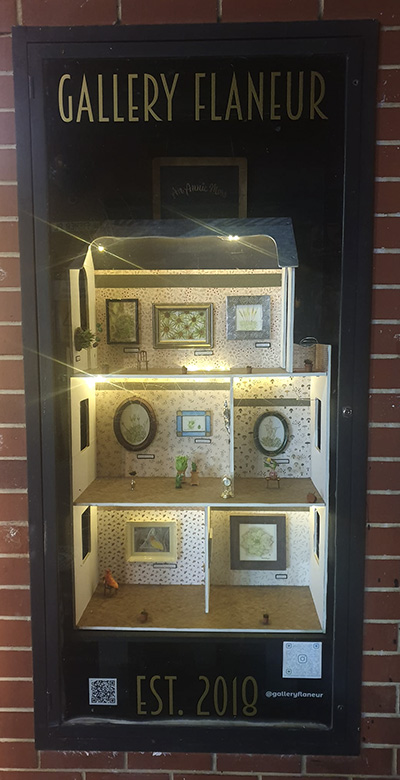

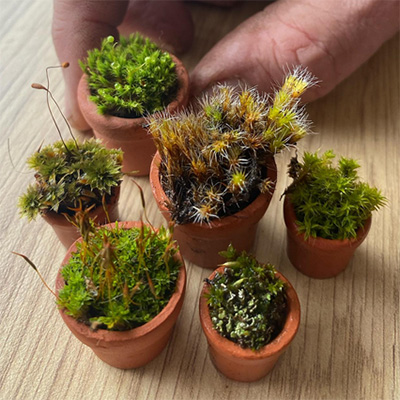


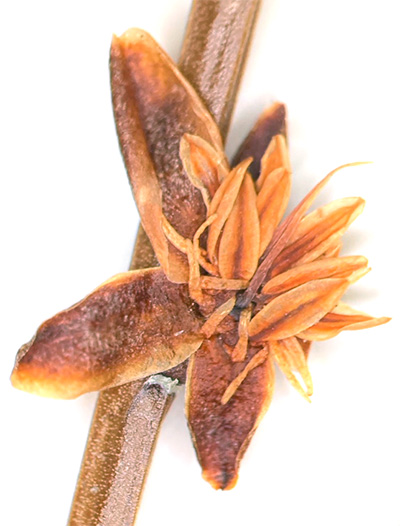
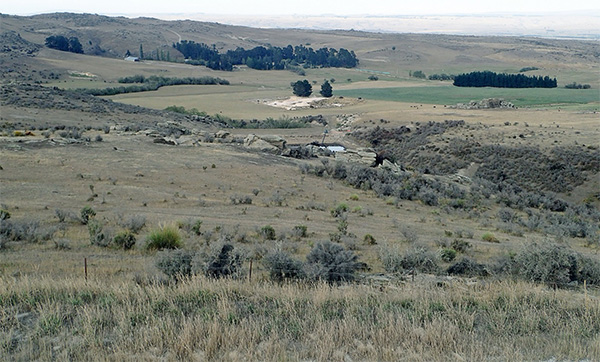
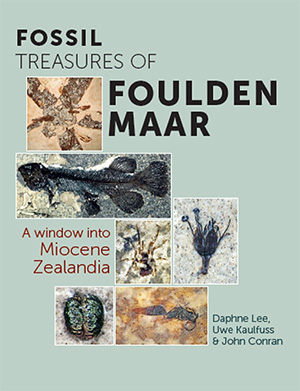


You must be logged in to post a comment.